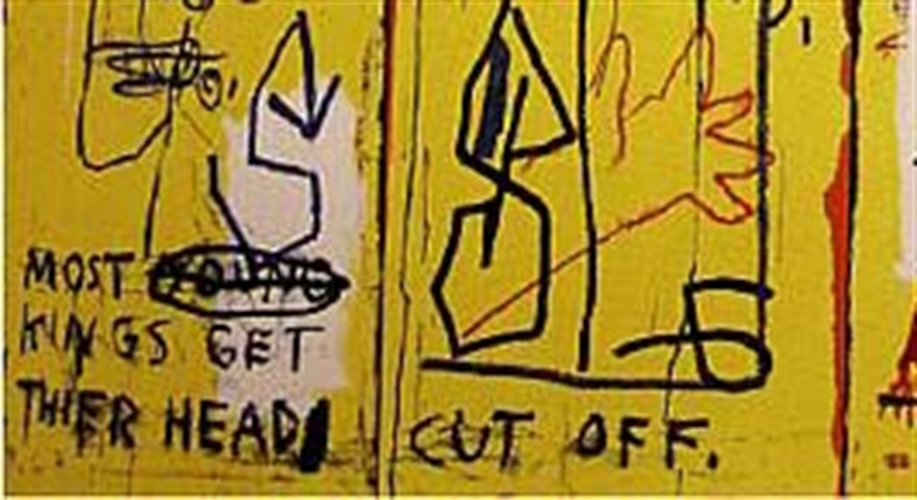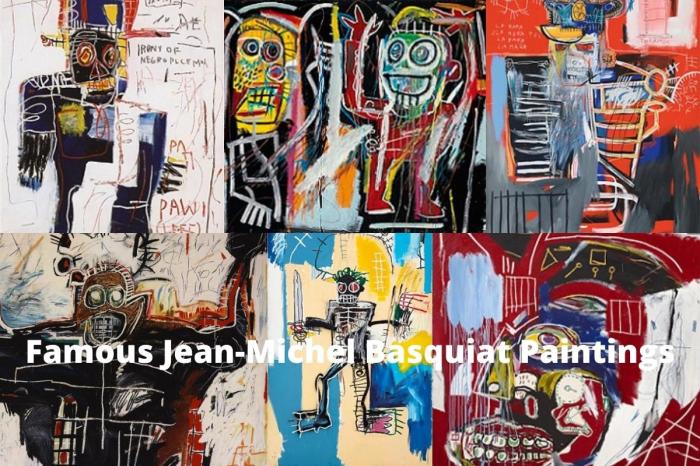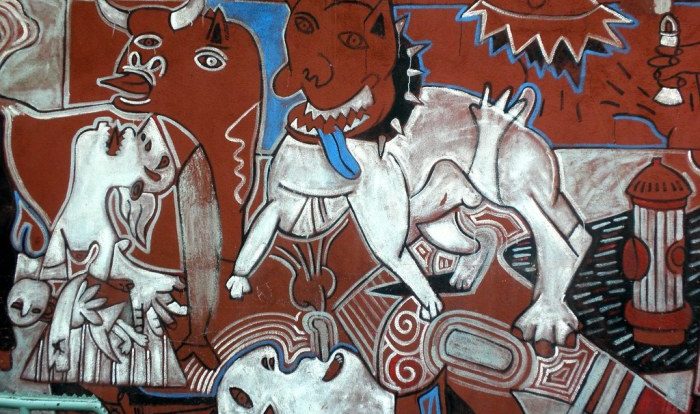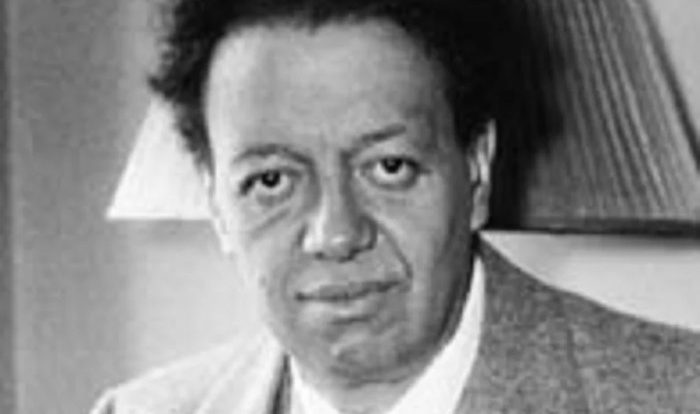Charles the first jean michel basquiat – Jean-Michel Basquiat’s “Charles the First” is a powerful and thought-provoking painting that explores themes of power, identity, and the legacy of colonialism. This masterpiece is a complex and multifaceted work that has been the subject of much critical analysis and debate.
In this essay, we will examine the historical context of the painting, analyze its symbolism and allegory, and discuss its cultural and racial influences. We will also compare Basquiat’s depiction of Charles I to traditional portraits of the king and explore the legacy and impact of this iconic work.
Historical Context of Charles I and Jean-Michel Basquiat: Charles The First Jean Michel Basquiat

King Charles I of England (1600-1649) was a controversial figure whose reign was marked by political and religious turmoil. His absolutist tendencies and attempts to assert royal authority led to conflicts with Parliament, culminating in the English Civil War and his eventual execution in 1649. Charles I became a symbol of monarchical power and the divine right of kings.
Jean-Michel Basquiat (1960-1988) was a Haitian-American artist who emerged as a leading figure in the Neo-Expressionist movement of the 1980s. His works often explored themes of race, identity, and social commentary, drawing inspiration from diverse sources such as African and Caribbean art, graffiti, and hip-hop culture.
Symbolism and Allegory in Basquiat’s “Charles the First”
Basquiat’s painting “Charles the First” (1982) presents a complex and multifaceted portrayal of the king. The work incorporates a variety of symbolic elements and allegorical references that convey political and social commentary.
- The Crown:The crown, a central motif in the painting, represents the power and authority of the monarchy. Basquiat depicts it as a fragile and precarious object, highlighting the vulnerability of Charles I’s position.
- The Skull:The skull, positioned beneath the crown, symbolizes the mortality of kings and the ephemeral nature of power. It also evokes the themes of death and sacrifice associated with Charles I’s execution.
- The Bird:The bird perched on the crown represents the spirit of rebellion and resistance. It alludes to the growing unrest among the English people against Charles I’s rule.
- The Chains:The chains that bind the crown and skull together symbolize the constraints and limitations of monarchy. They also suggest the oppressive nature of Charles I’s reign.
The Crown and Monarchy in Basquiat’s Work
The crown is a recurring motif in Basquiat’s paintings and drawings. It serves as a symbol of power, authority, and identity.
In “Charles the First,” the crown is depicted as a fragile and precarious object, reflecting Basquiat’s skepticism towards the institution of monarchy. In other works, such as “Self-Portrait as a Crowned King” (1983), the crown is presented as a symbol of personal power and self-empowerment.
Cultural and Racial Influences in “Charles the First”

Basquiat’s experiences as a Black artist shaped his portrayal of Charles I. The painting incorporates elements of African and Caribbean art, such as the use of vibrant colors and geometric patterns.
The depiction of Charles I as a Black figure challenges traditional representations of the king and subverts the dominant narrative of history. By reclaiming the image of the monarch, Basquiat asserts the agency and visibility of Black people in the art world.
Artistic Techniques and Influences in “Charles the First”
Basquiat’s “Charles the First” exhibits a unique combination of artistic techniques and influences.
- Composition:The painting is characterized by a dynamic and asymmetrical composition, with the central figure of Charles I surrounded by various symbolic elements.
- Color Palette:Basquiat employs a vibrant and contrasting color palette, with bold reds, yellows, and blues that create a sense of tension and energy.
- Brushwork:The brushwork is expressive and gestural, contributing to the painting’s raw and emotional quality.
Comparison to Historical Paintings of Charles I
Basquiat’s “Charles the First” differs significantly from traditional portraits of the king.
- Style:Basquiat’s painting is characterized by its modern and expressionistic style, in contrast to the more formal and idealized representations of Charles I in historical portraits.
- Symbolism:Basquiat incorporates a variety of symbolic elements that convey political and social commentary, while traditional portraits typically focus on the king’s physical appearance and royal regalia.
The Legacy and Impact of “Charles the First”

Basquiat’s “Charles the First” was a groundbreaking work that challenged traditional representations of history and power.
- Critical Reception:The painting received mixed reviews when it was first exhibited, but it has since gained critical acclaim for its originality and artistic significance.
- Influence:“Charles the First” has influenced subsequent generations of artists, inspiring them to explore themes of race, identity, and social commentary in their work.
Commonly Asked Questions
What is the historical context of Basquiat’s “Charles the First”?
Basquiat’s “Charles the First” is based on the historical figure of King Charles I of England, who was executed in 1649 after being found guilty of treason by Parliament. The painting reflects Basquiat’s interest in history and his exploration of themes of power, authority, and identity.
What are the main symbols and allegories in Basquiat’s “Charles the First”?
Basquiat’s “Charles the First” is filled with symbols and allegories that explore themes of power, identity, and colonialism. The painting features a crown, which is a symbol of power and authority, and a skull, which is a symbol of death and mortality.
Basquiat also includes text in the painting, which references historical events and figures.
How does Basquiat’s “Charles the First” reflect his own experiences as a Black artist?
Basquiat’s “Charles the First” reflects his own experiences as a Black artist in several ways. The painting features a Black figure wearing a crown, which can be seen as a symbol of Black empowerment and resistance. Basquiat also includes text in the painting that references the history of slavery and colonialism.

